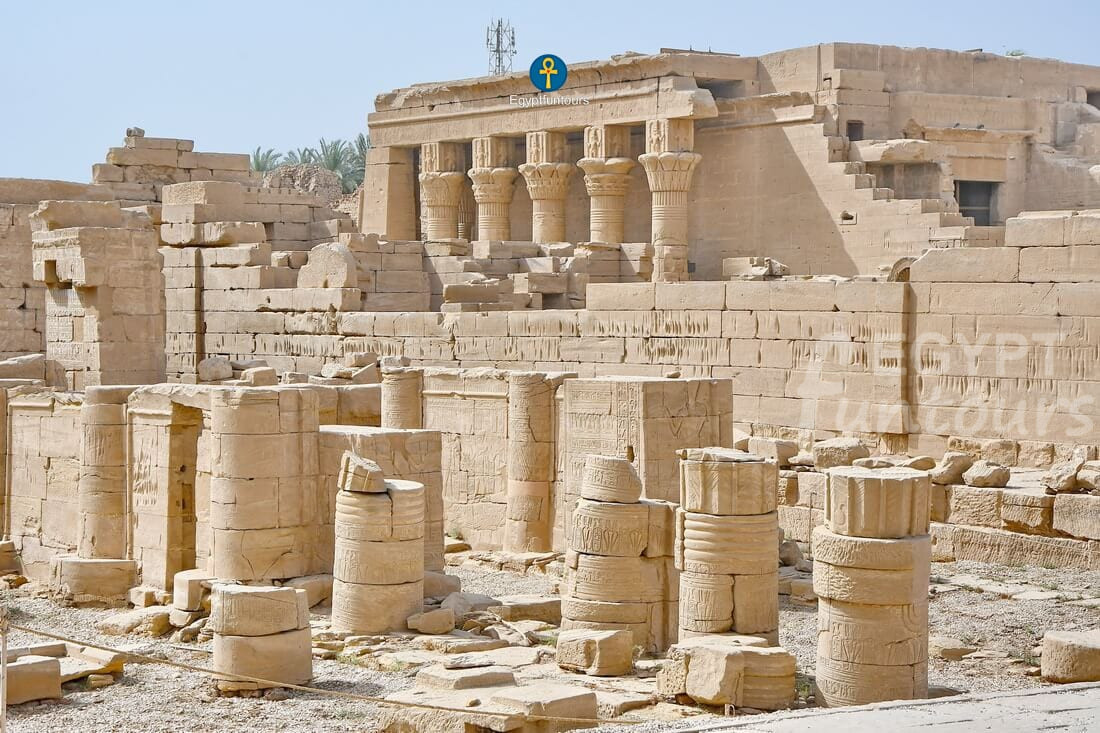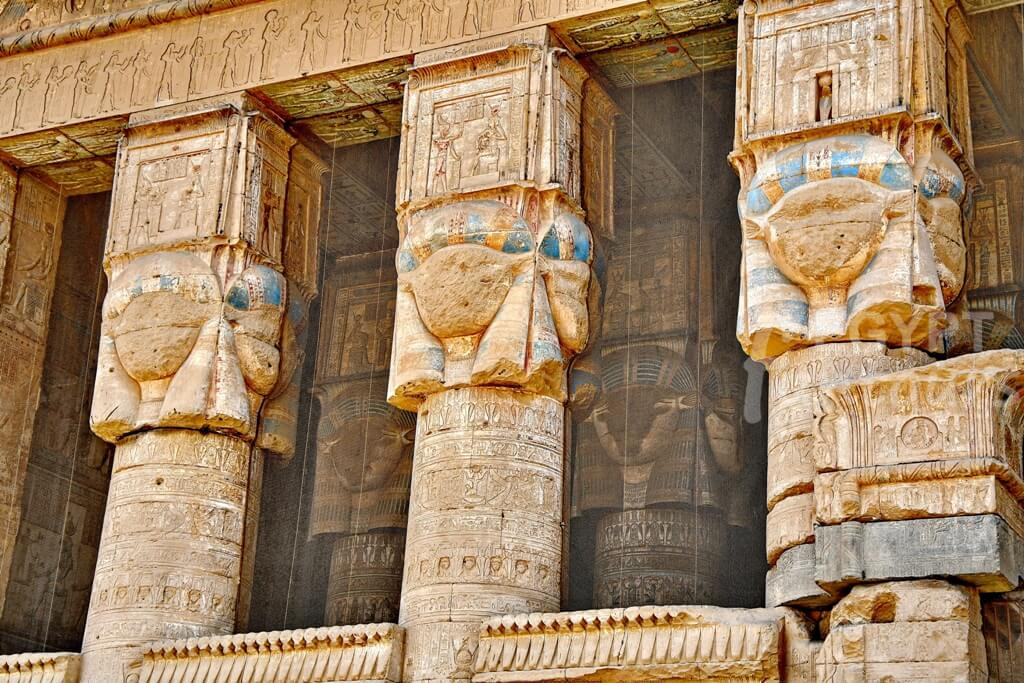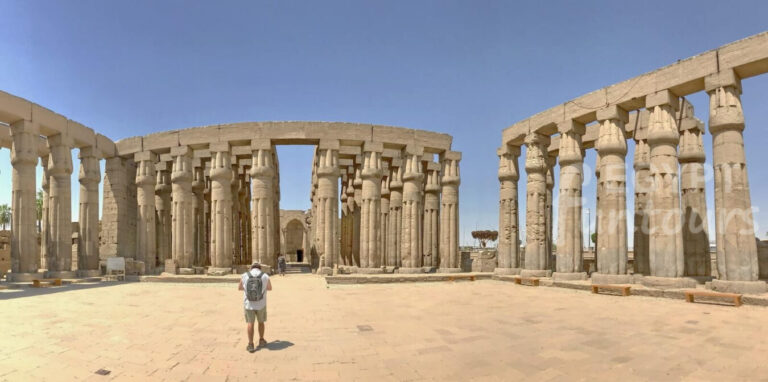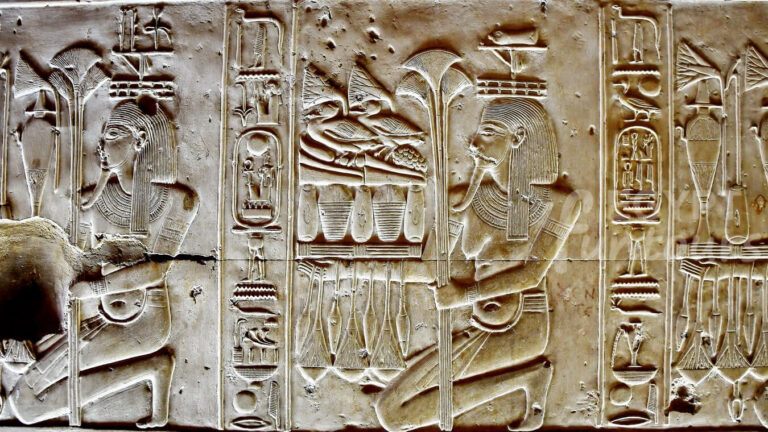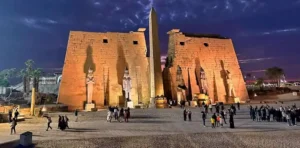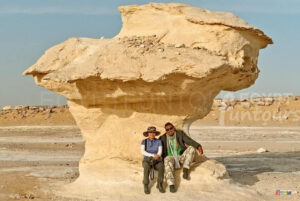If you have one extra day in Luxor, make it this. About an hour’s drive north of Luxor lies one of Egypt’s most stunning and best-preserved ancient sites: the Dendera Temple Complex. The main attraction, the Temple of Hathor, is so incredibly intact that you can explore its dark crypts, climb to its massive roof, and walk through its grand halls, all while gazing up at 2,000-year-old ceilings still bursting with their original, vibrant color.
This is not a ruin; it’s a time capsule. It’s the closest you can come to stepping into a fully-functional Egyptian temple, and it’s an unmissable part of any trip to Upper Egypt.

